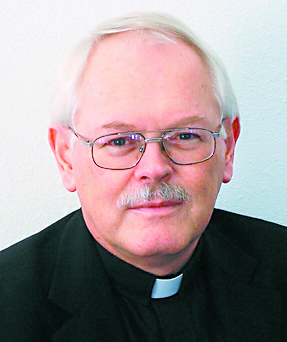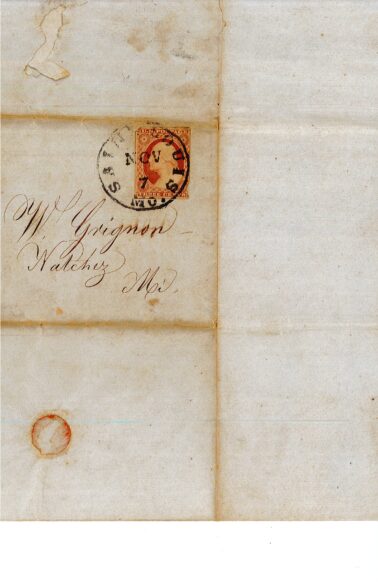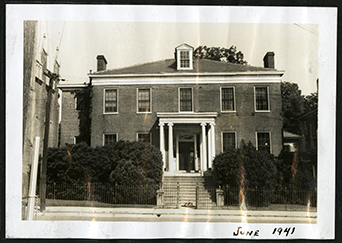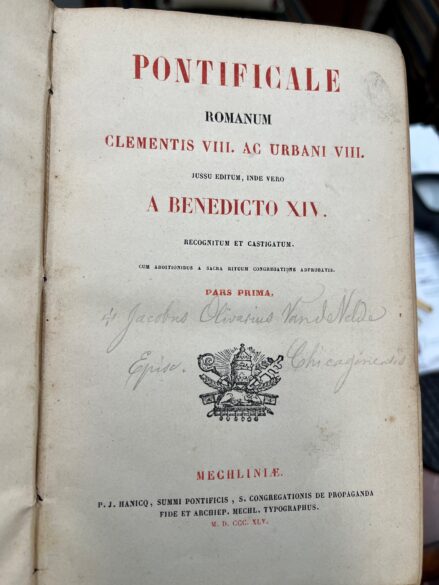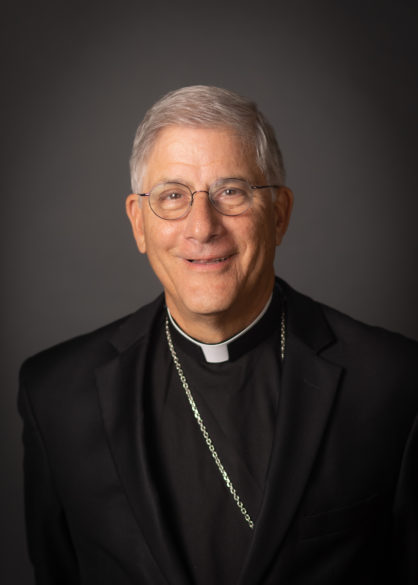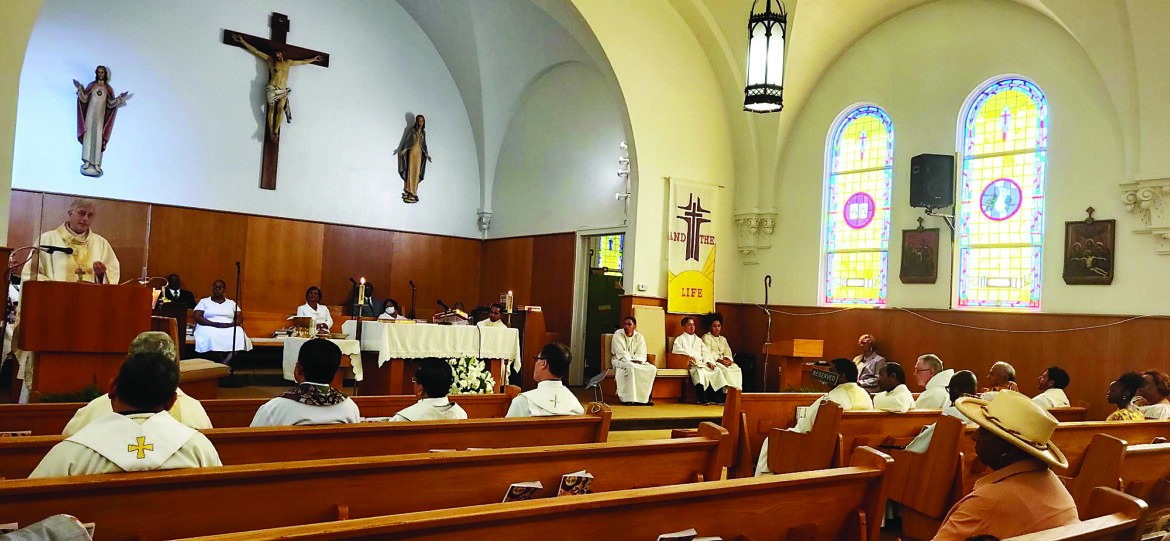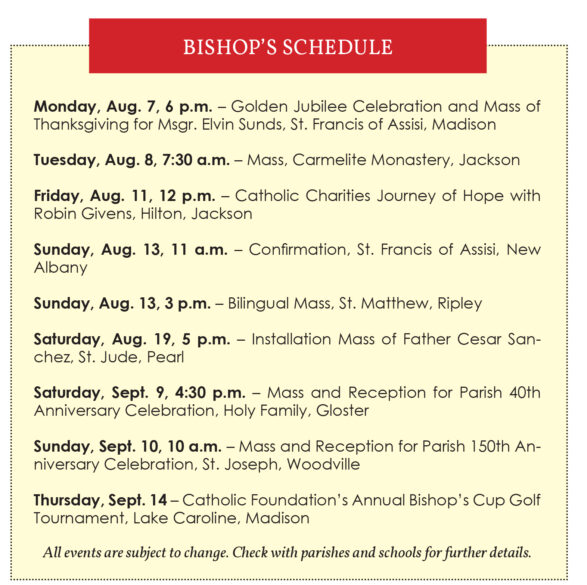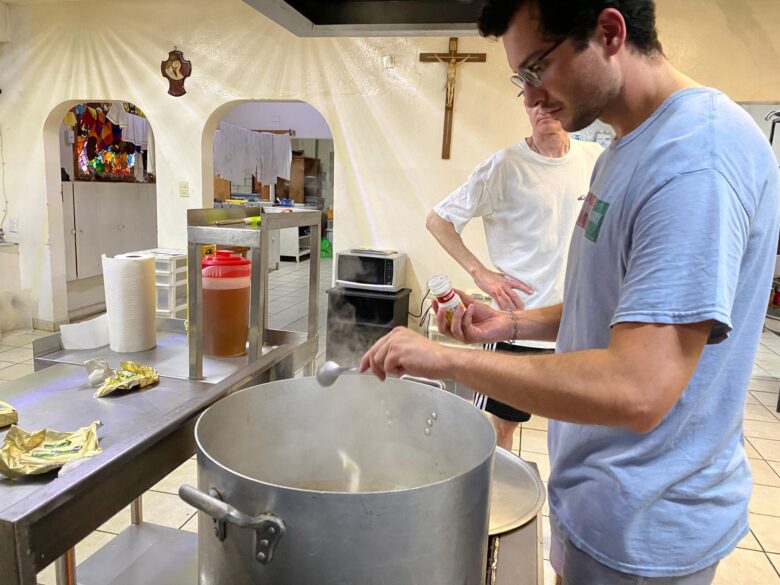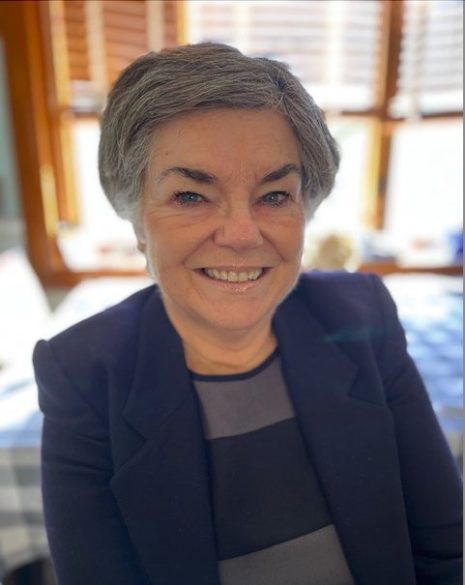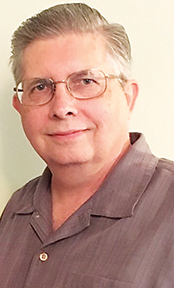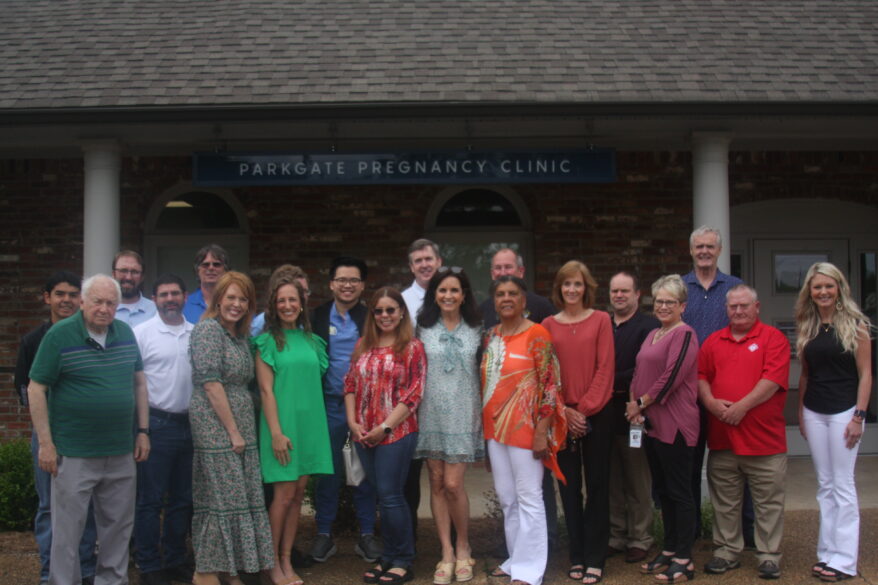FROM THE HERMITAGE
By Sister alies therese
Maybe he’d never heard this Psalm? “I love You, O Lord, my strength … and I am safe… The breakers of death surged around about me, the destroying floods overwhelmed me … in my distress I called upon the Lord … from God’s temple I was heard, my cry reached God’s ears…and set me free in the open and rescued me, because God loves me.” (Psalm 18:5-7, 20)
I also love the Peterson translation of 18:20, “God stood me up on a wide-open field; I stood there saved – surprised to be loved.” This is the reality of the Job story – a love story – a story that challenges us to come to a deeper understanding of the awesomeness of God’s love for us, the heart of the truth, the place of union. “Have you considered my servant Job? There is no one like him…” (Job 1:8) Yet God later questions Job: “Why do you confuse the issue? Why do you talk without knowing what you are talking about? Where were you when I created the universe? Tell me since you know so much.” (Peterson, Job 38:1ff)
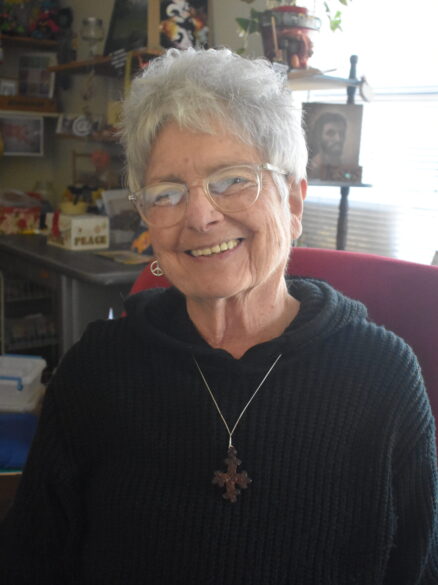
This has been a weird year for me. From January when I ended up in hospital for many weeks with broken bones and infections, to July when our apartments, filled with swift moving rain, flooded, midst extreme heat. When was the last time you read Job? If not recently, I suggest it as part of your study, not because bad things happen but because Job discovers many things he’d never even considered.
The Job story is full of sadness and as C.S. Lewis points out in The Lion, the Witch, and the Wardrobe, “If you’ve been up all night and cried till you have no more tears left in you – you will know that there comes in the end a sort of quietness.”
Some of our readers are suffering right now in the quiet … perhaps the loss of a child, a fire, in jail, abuse, or hunger, including darkness in prayer or even unbelief. Joan W. Blos, an American author wrote this: “This morning’s sermon reminded us that great though our grief and suffering be, others have suffered more.” Anguish may fill the pages of Job and yet if we stop there, we shall never heal, have hope or happiness and we shall never learn compassion.
Because of the surprise of love, Job moved from being an advice-giving, important, very rich fellow and helping the poor … to becoming poor himself. Job recognized a whole new life when he talked with God (screamed, complained and confessed). How shall I say, he got ‘real,’ unlike his previous life or that of his ‘friends.’
In his poverty Job learned something else surprising, only God unties knots of trauma, pain, disappointment or distress. “You told me, ‘Listen and let Me do the talking. Let Me ask the questions. You give the answers. Job said, I admit I once lived by rumors of You, now I have it all firsthand – from my own eyes and ears! I’m sorry – forgive me. I’ll never do that again. I promise! I’ll never again live on the crusts of hearsay, crumbs of rumors!” (Peterson, Job 42:6)
So, the surprise included this personal relationship with God as reality, not just an idea or a possibility. Job discovered he was known, not through an intellectual exercise, nor a simple acceptance of other people’s stories and experiences, no, his own experience welded him in joy to a God who loves beyond all telling.
Our lives contain many fears, and when they are the focus, obscure divine plans. Over the centuries our various cultures and peoples have enslaved, murdered and warred against one another, executed one another, nuked, gossiped, bad-mouthed and turned our backs on one another. We have done horrible things even in the church by ignoring one another. Why are there no Black US saints? For centuries we have lived through greed, stealth and power, and the funny thing is, we continue today. Slavery, where human beings are ‘owned,’ cannot be explained away with ‘slaves learning really helpful things.’ Job learned only in love can we thrive and obtain forgiveness by experiencing the humility of God, moving us beyond these things.
If you are obscuring the divine plan in your life because you are afraid, stuck in some sin or addiction needing release, do read Job and see how much you are loved. Find a way to pray that causes you to rejoice, to see beyond rumor or other people’s experiences, that you might be surprised by this love so extreme, expressed in Jesus’ love-giving sacrifice for you!
Chester Cricket, in George Selden’s The Cricket in Times Square, “began to chirp to ease his feelings. He found that it helped somehow if you sang your sadness.” Do chirp and sing so that others might be lifted from their anguish. Do learn to listen, as Job did, to the voice of God who desires us more than we can imagine. Do get out of the way, so God’s divine plan for your life might flourish, living anew as Job who disowned what he said and repented in dust and ashes. (Job 42:6)
BLESSINGS.
(Sister alies therese is a canonically vowed hermit with days formed around prayer and writing.)

